Some time soon we will have to say farewell to our most distant emissary — the Voyager 1 spacecraft. After almost fifty years in space, it’s 15 billion miles away and showing signs of wear and could soon stop transmitting.
Late last year, Voyager 1 began to decline, sending back spools of gibberish to its handlers on this planet. A few days ago, NASA engineers finally traced the problem back to a single chip but it’s clear that Voyager 1 will shortly have to cut contact and make its way out across the universe on its own. It’s strange to think that it will be exploring on out into deep space long after its makers — humans — have become extinct.
Who knows what alien skies Voyager might traverse during some distant eon
Voyager’s isolation is impossible for us truly to comprehend. Light — the fastest possible traveler— takes just over a second to reach the Moon, and about four hours to pass the most distant planet, Neptune. Yet to reach Voyager it takes more than twenty-two hours.
Along with its sister probe, Voyager 2, Voyager 1 was launched in 1977 to take advantage of a rare alignment of the outer planets. The Voyagers found wonders, particularly on the moons of Jupiter, Saturn and Neptune. They sent back staggeringly detailed photographs of the planets as they passed. But once sent outwards there was no turning back. The Voyagers, along with two previous spacecraft, Pioneers 10 and 11, and the subsequent New Horizons probe that reached Pluto in 2015, are, along with a handful of ancillary objects, the only ones ever to leave our solar system.
From where Voyager is now, the sun is still the brightest star in the sky, though nowhere near as bright as it is from Earth. The planets and the Earth are barely visible at all. It’s outside the sun’s extended influence, but not yet free from its gravity. For thousands of years it will continue to pass the orbits of the debris that circle the sun in its cold, dark outer reaches. But soon it will pass even them, and head out into the galaxy.
Voyager 1 has on its side a message from us: a golden disc of images, sounds and words from planet Earth. Here are the songs of humpback whales, the sound of a kiss, a thunderstorm, Bach and Beethoven, an Indian raga and the songs of the first people on Earth who had enough to eat. Carl Sagan was involved in its compilation and wanted to include “Here Comes the Sun” by the Beatles who he said were all for it. But the copyright belonged to EMI, who asked for too much.
Perhaps most telling is that the disc includes only a silhouette of a naked man and a woman. This is because of objections to a message plaque placed on the Pioneer spacecraft, which showed a more detailed outline of a naked man and woman. Incensed politicians said there should be no further “smut in space. NASA caved in because it was a government body and followed official rules ordering that nothing should be included that was remotely erotic.
It was a last-minute decision to put president Jimmy Carter on the disc, on which he says: “This record represents our hope and our determination and our goodwill in a vast and awesome universe… we are attempting to survive our time so we may live into yours.” We are still trying.
Voyager’s 1970s vintage computers are still working, though almost all of its instruments have been turned off. It’s remarkable that scientists can still contact it, let alone reprogram it to compensate for memory damage caused by the impact of harmful cosmic rays. Its power source will work for several years but engineers worry most about its computers’ health. It recently struggled but recovered. One day it will not answer back.
In 50,000 years, less than the blink of a cosmic eye, our sun will no longer be the brightest star in its sky, having been replaced by Sirius, the brightest star in our night sky.
In Voyager’s life the first footprints on the Moon are as fleeting as are the Rings of Saturn. Long after the pyramids have crumbled into sand and the Earth has become uninhabitable, it will be just starting its odyssey.
It will move through different constellations and spend its life far from the warmth of stars but who knows what alien skies it might traverse during some distant eon and what alien eyes will look upon its golden disc and wonder about us. If so Voyager 1 could be one of our last marks on the cosmos and the measure mankind is judged by.
This article was originally published in The Spectator’s UK magazine. Subscribe to the World edition here.



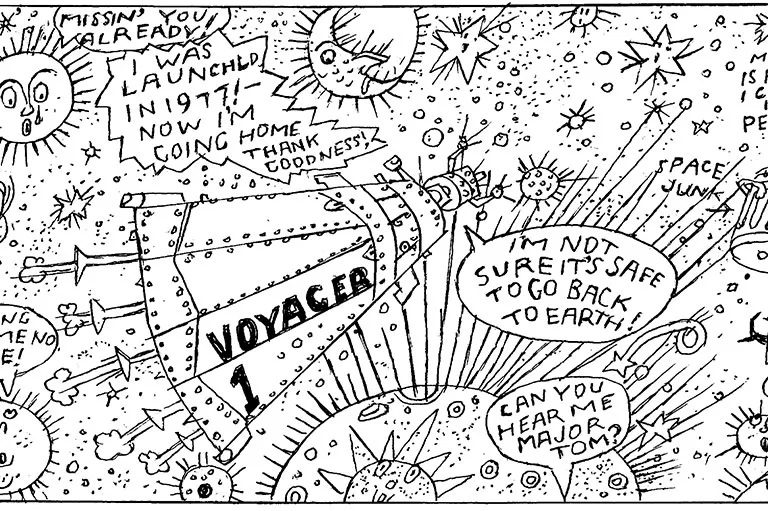








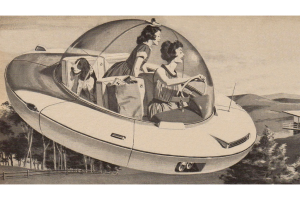


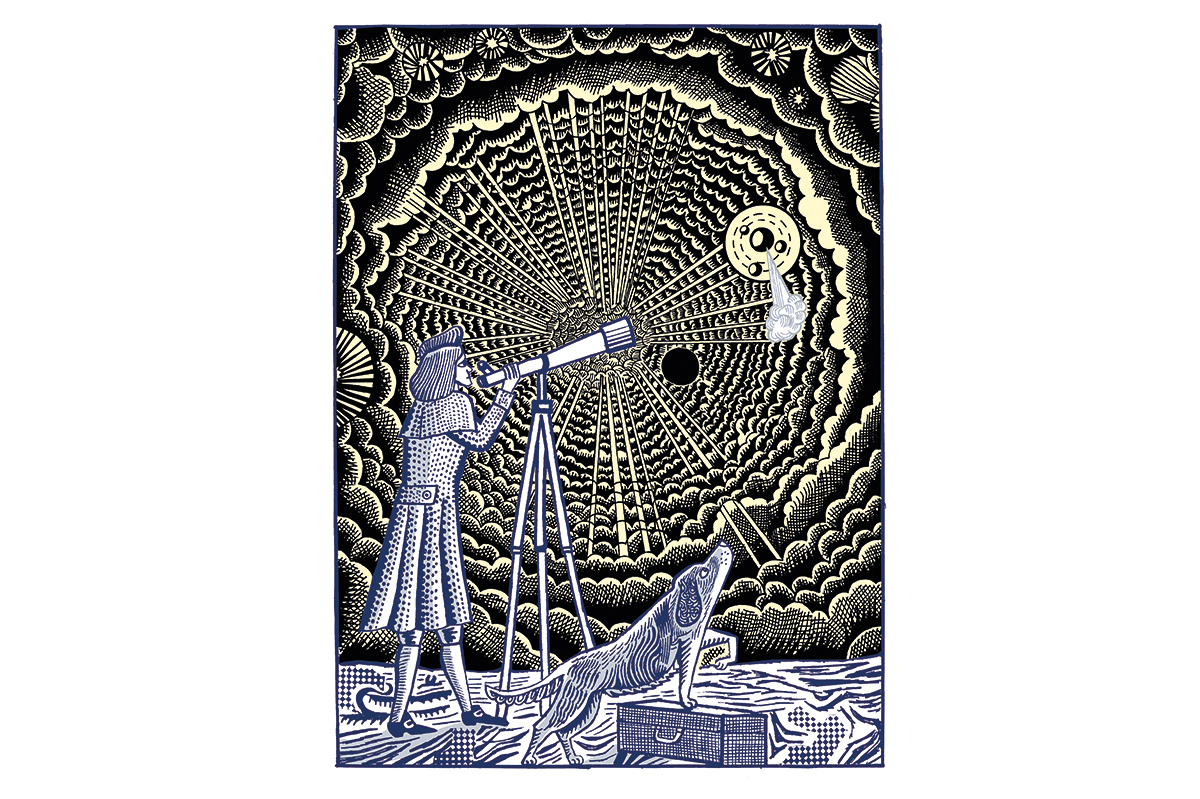
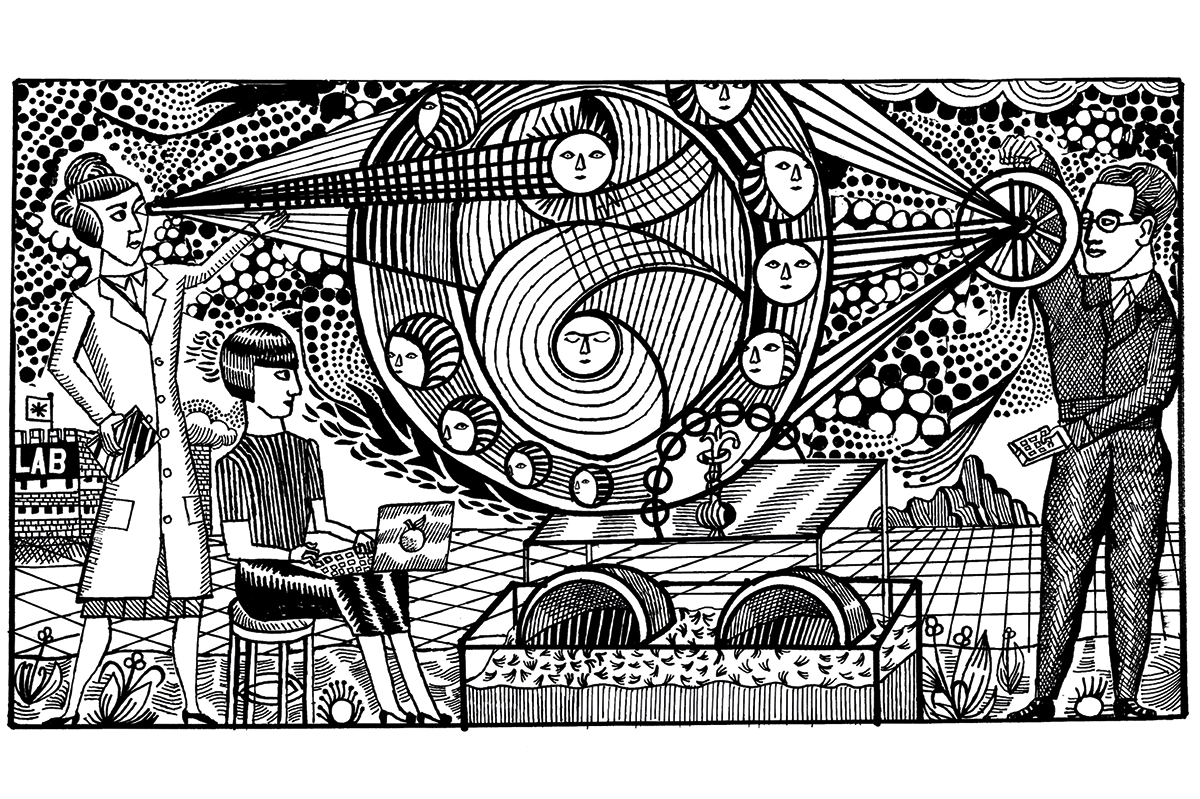

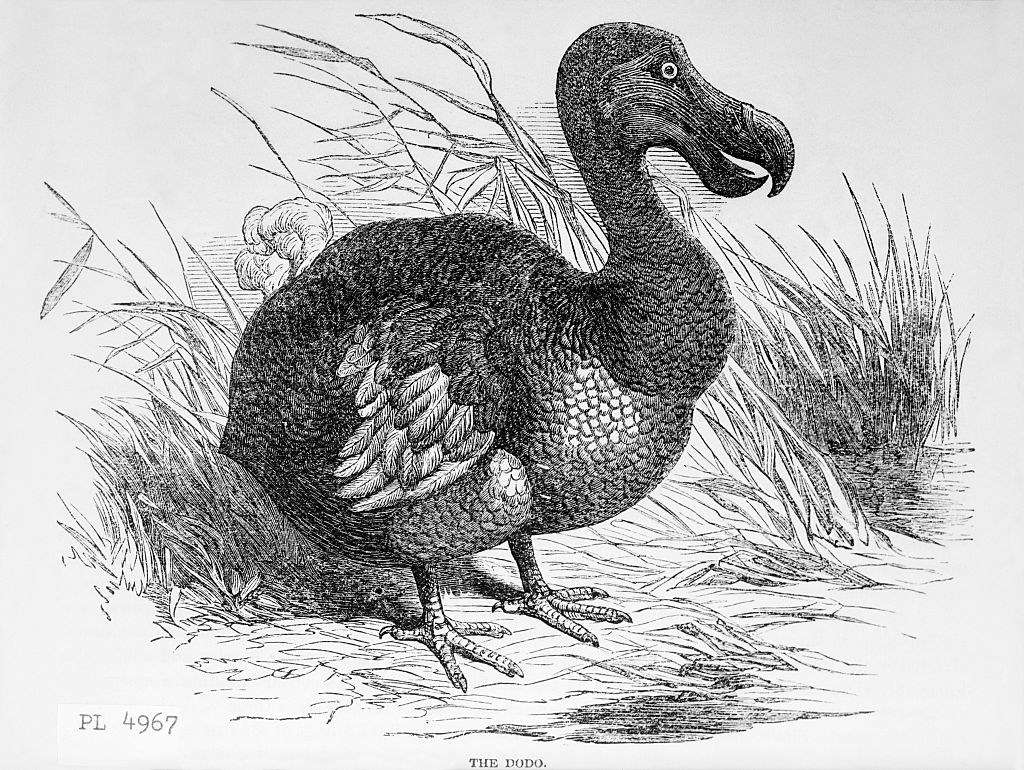







Leave a Reply